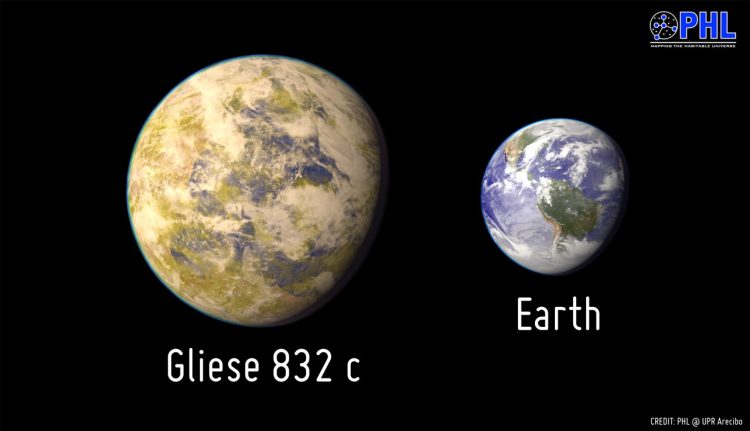Astronomers from the University of New South Wales in Australia have discovered a new planet that could be the most similar to the Earth ever observed.
The planet, dubbed Gliese 832c, is about 16 lightyears away and about five times the size of Earth. Astronomers said the planet orbits a red giant star that’s just far enough away to reasonably support life (aka the habitable zone). Scientists previously discovered a Jupiter-like cold planet Gilese 832b orbiting the same star back in 2009.
But what makes this discovery significant is that Gliese 832c receive the same average level of stellar energy as our sun gives the Earth, according to a Sci-News report.
“With an outer giant planet and an interior potentially rocky planet, this planetary system can be thought of as a miniature version of our Solar System,” professor and University of New South Wales astronomer Chris Tinney told Sci-News.
Now all we need is to get NASA’s warp drive-enabled spaceship, the Enterprise IXS, up and running so we can check it out with our own eyes.
via Gizmodo
VentureBeat's mission is to be a digital town square for technical decision-makers to gain knowledge about transformative enterprise technology and transact. Learn More

